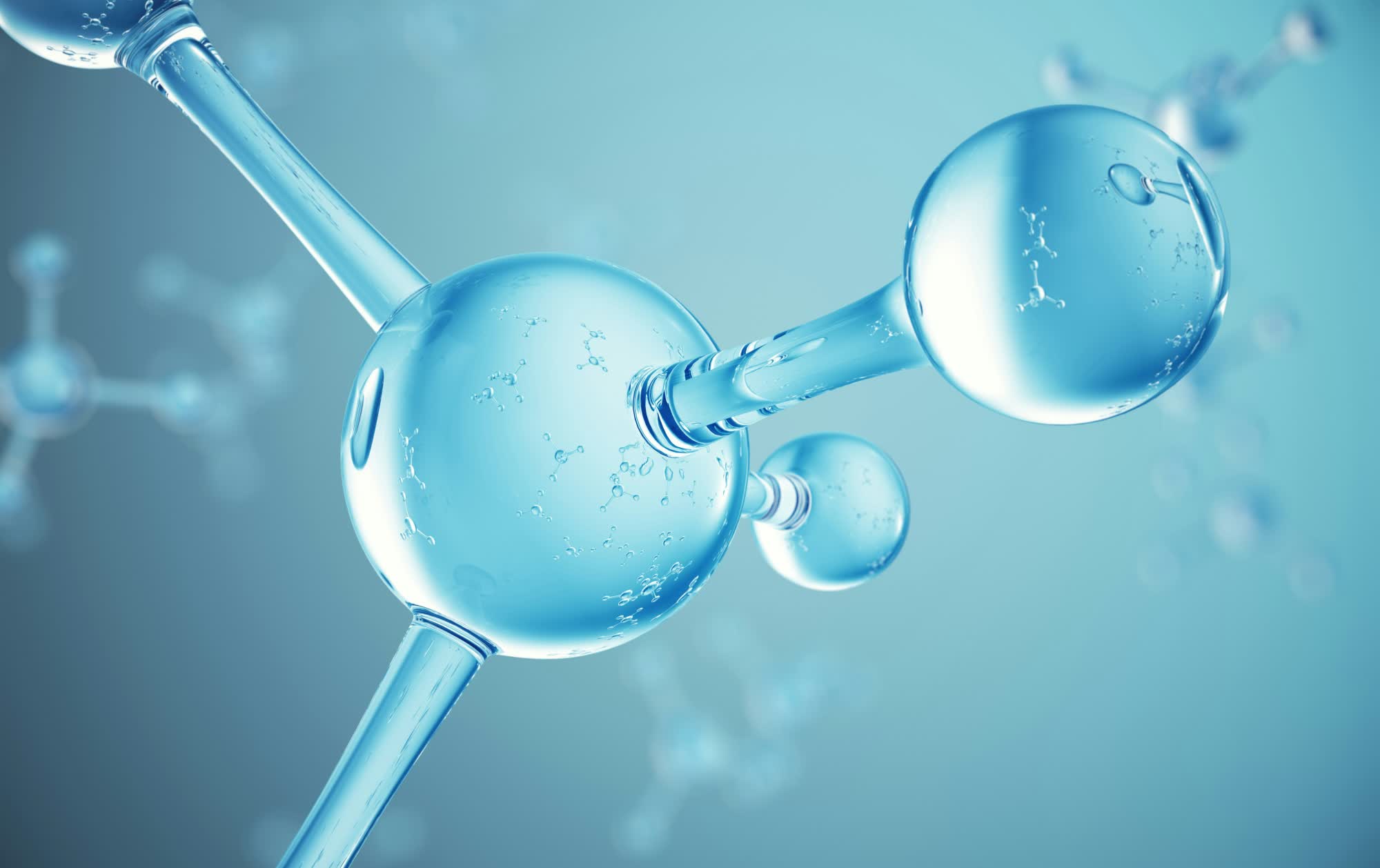Size Matters: Measuring distances between molecules is no simple task, but a team of German researchers has developed a new method that could revolutionize biological research and possibly even impact semiconductor technology development, if we’re fortunate enough.
Researchers at the Max Planck Institute for Multidisciplinary Sciences in Germany have achieved a groundbreaking optical measurement of intramolecular distances with angstrom-level precision. Put simply, they successfully measured the width of a single atom using a nanoscopic “ruler” and some fluorescence-based techniques.
In a study published in Science, the team explained that measuring distances at the nanometer scale is notoriously difficult with purely optical methods. However, they developed a novel approach called Minflux, which enabled them to measure intramolecular distances in the one to 10-nanometer range for typical molecules.
According to study co-author Steffen Sahl, the team focused on the folding process of proteins and other large molecules. These biological structures sometimes fold incorrectly, which can lead to harmful effects on the human body and contribute to serious conditions like Alzheimer’s disease.
Sahl said the team aimed to move beyond simply mapping the positions of macromolecules relative to each other and tackle the more challenging task of probing within the macromolecule itself. To achieve this, they attached two fluorescent markers at different points on a protein, making them glow under a laser beam. By analyzing the electromagnetic radiation emitted by these glowing markers, the researchers were able to accurately measure the distance between them.
The fluorescent “ruler” was based on a polyproline structure, which is already used as a “molecular ruler” in structural biology. The smallest distance they measured was 0.1 nanometers – approximately the width of a typical atom.
Jonas Ries, a researcher at the University of Vienna, Austria, described the new technique as a significant technical advancement. He admitted, however, that he couldn’t quite explain how the team managed to keep their microscopes so stable.
Kirti Prakash, a UK researcher, noted that while the “impressive” precision achieved by the German team is promising, it needs to be tested on more complex biological systems. Prakash also suggested that fluorescence microscopy may not translate well to non-biological environments like silicon-based transistors. Nonetheless, achieving angstrom-level precision while examining a CPU under a microscope would indeed offer a fascinating optical journey.









